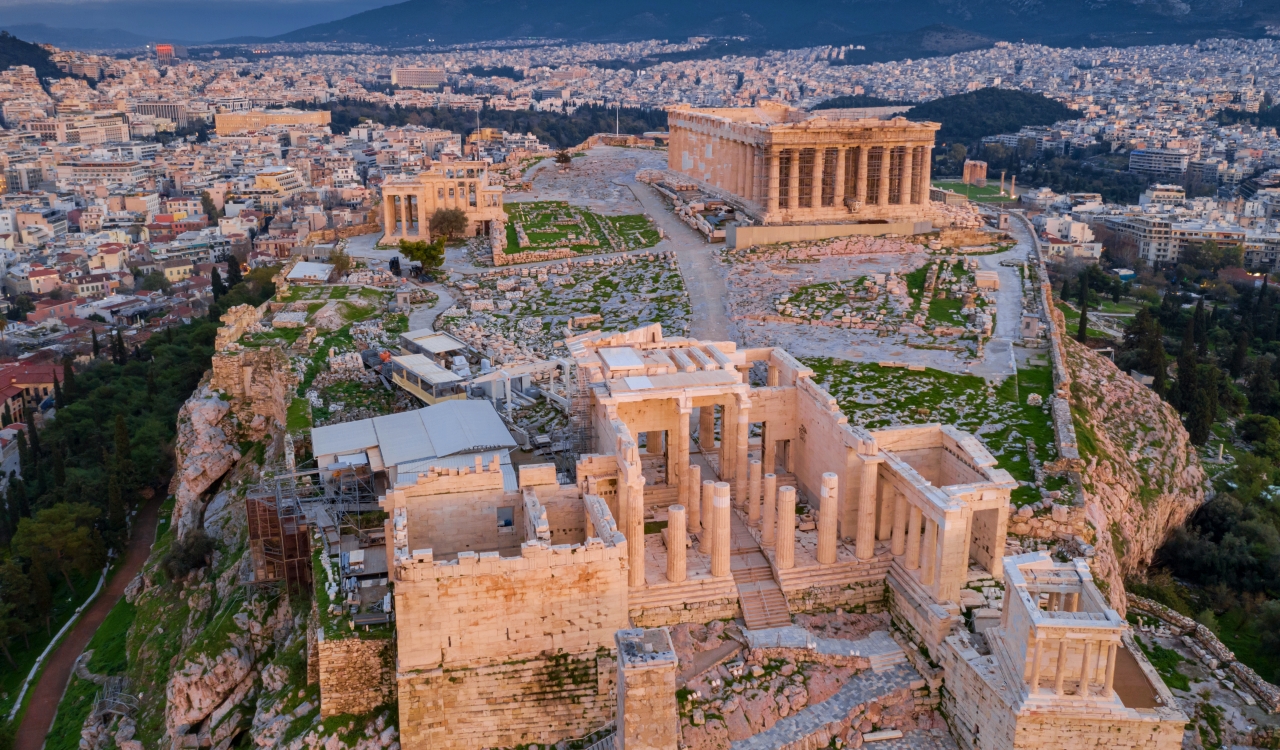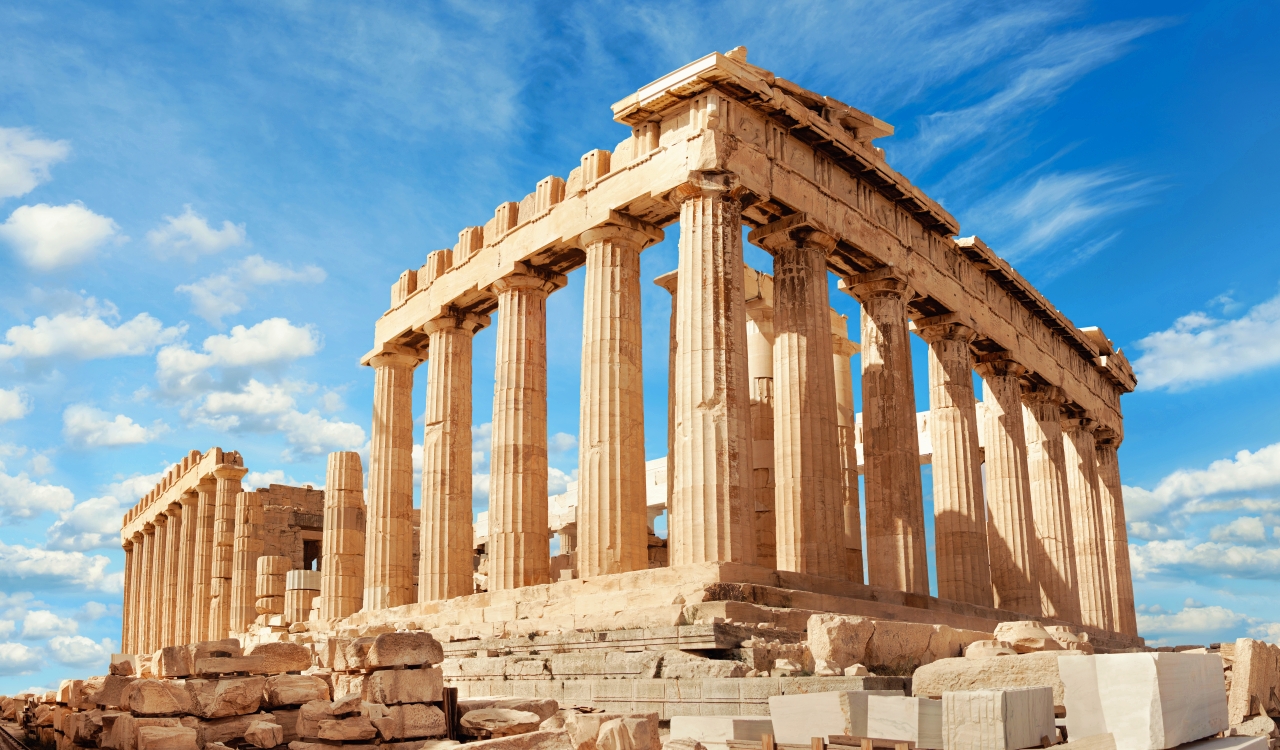Starting on September 4th, the country of Greece has decided to limit daily visitors to one of its most notable locations, the Acropolis. This is being done for crowd-control efforts. While the idea of capping daily visitors sounds odd, especially heading into the Fall, they aren’t limiting it to a few hundred or something. Rather, the daily limit will be set at 20,000 people.
What’s even more compelling is that this is part of a new pilot program that will also revolve around different time zones. According to Culture Minister Lina Medoni, entrance to the Acropolis will run from 8:00 am to 8:00 pm each day. The visitor(s) will be part of a specific group that will be allowed to enter the Acropolis at a specific time.
The Acropolis uses electronic tickets for entrance, which was likely devised to help Greece keep up with the visitor count to some of its biggest locations. This was likely done for marketing purposes initially, but this knowledge also gave them information that could be critical to limit criminal activity. As one knows, larger crowds can be problematic for many reasons. One of the biggest issues is that it can result in criminal acts taking place, where the crowd masks the perpetrator.
Moreover, large crowds also get in the way of enjoying these amazing, historic sites that people often travel hundreds to thousands of miles to see.
The Change Is Being Done To Improve Greek Tourism & Site Health Overall

[Image via Drozdin Vladimir/Shutterstock.com]
While the Acropolis is part of this new pilot program, the program is said to be going into full effect on April 1, 2024. This will not just involve the Acropolis, but rather, all archeological sites that use electronic tickets. Mendoni said in an interview:
“There is a very high demand and it is completely normal and understandable. The Acropolis… is a world symbol. Therefore, anyone who comes to Athens wants to visit it. Obviously, tourism is desirable for the country, for all of us. But we have to see how over-tourism will not damage the monument.”
Thus, while tourism enjoyment might be important…if the sites are damaged it could result in these places no longer being around. If there is nothing to tour, then tourism itself will be gone. Therefore, it is important to act well before major problems take place.
If the Greek state does not take care of their monuments or sites, we risk losing them forever. Not only will that hurt Greece, but it will also lose world symbols that our children and their children will never get to experience. Is that a world we want to create for future generations? Of course not. This is why the Greek government is smart for trying to work out anything they can to make things work well for all parties.
How Will The New Program Work?

[Image via Tilialucida/Shutterstock.com]
As referenced, the new program will limit the number of people who will be allowed to visit the Acropolis at one time. The plan is to limit visitation to one hour, where a specific number of people will be allowed in at one time. This could mean we might see 3,000 to 5,000 people allowed in at one time, but the next hour could see just 1,000 people. It is being claimed that the number of people could be more or less crowded than others.
The interesting part is, according to Mendoni, they will not be limiting how much time a visitor spends at the site once they arrive. She claims that most travelers are organized in groups and spend roughly 45 minutes at the Acropolis at one time. Some will break away from groups or even arrive on their own, where they often stay for an hour or an hour & a half.
The idea is that since most leave around the hour timeframe, they do not expect crowds to stick around too long. Therefore, doing a timed entry really does not make sense when you know the people tend to remove themselves from the equation.
The reason Greece started this program was that the Acropolis was seeing record visitor numbers at one time of 22,000 to 23,000 many times. Roughly 50% of those people wanted to see the site in the morning from 8:00 am to 12:00 pm, especially those in groups of 10+ people. The Summer visitation can be higher for tourism in Greece, but they feel that the number of visitors will start to go down when the Fall & Winter seasons begin.
Greece tends to hover around 50 degrees Fahrenheit by the Winter, so they feel it won’t be too bad then.
Outside of crowd control, Greece is also planning to make the Acropolis even more accessible to people with disabilities. They will be installing an elevator which should allow even more people to enjoy the notable site in the future.